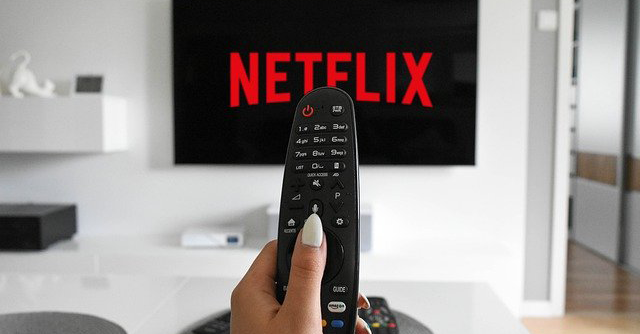
Netflix considers ad-supported, cheaper plans as it expects to lose 2 million subscribers

For the first time in a decade, video streaming service Netflix has lost net subscribers from its platform. The company announced in its latest earnings call for Q1 2022 on Tuesday, April 19 that it has lost about 200,000 subscribers – and the future prospect looks bleak as well. Over the next quarter, between April and June this year, Netflix anticipates that it would lose 2 million subscribers. This has also prompted its chief executive, Reed Hastings, to state for the first time that the popular streaming service is not entirely closed to the idea of offering cheaper subscription plans that are advertisement supported – a concept that Netflix has largely refused to venture into until now.

At yesterday’s earnings call, Netflix said in a letter to its shareholders, “Our relatively high household penetration – when including the large number of households sharing accounts – combined with competition, is creating revenue growth headwinds. The big covid-19 boost to streaming obscured the picture until recently. While we work to reaccelerate our revenue growth – through improvements to our service and more effective monetisation of multi-household sharing – we’ll be holding our operating margin at around 20%.”
The “effective monetisation of multi-household sharing” that Netflix talked about largely refers to its strictures around password sharing. In March this year, Netflix started cracking down more seriously on its subscribers sharing their account passwords with non-subscribers – something that is potentially hampering the growth of the service. Reports quoting Wall Street analysts claimed that if Netflix can enforce this strategy effectively across all of its markets, the company could potentially add up to $1.6 billion to its top line.
In Q1 2022, Netflix saw its year-on-year (YoY) revenue growth drop down to single digit – down to 9.8%. By next quarter, it expects to lose about 2 million more subscribers out of its present reported base of 221.64 million paying users around the world. This could lead to a 12.3% decline in its operating income – down to an estimated $1.73 billion in Q2 2022 from $1.97 billion in Q1.

To address this decline, Hastings said during the earnings call that even though he remains a “big fan of the simplicity of subscription” and against the “complexity of advertisement”, the company is open to considering this new model over the next couple of years. This, he believes, could make “a lot of sense” for customers who do not mind advertisements in exchange for getting the service at a cheaper price.
Netflix co-CEO Ted Sarandos also said that Netflix is even considering the profitability model of offering live sports as a category, which is also something that the company had previously said strictly no to.
At present, Netflix remains one of the most expensive video streaming services in India. Its most affordable plan starts at Rs 149 per month for phone-only, single-screen access and 480p content resolution. This adds up to Rs 1,788 per year – which is far higher than the competition. For example, Amazon’s Prime Video streaming service charges Rs 1,499 per year for a bundled service that gives users expedited e-commerce deliveries, music streaming and a full year of multi-screen 4K video streaming – something that costs Rs 7,788 on Netflix in India at the moment.

